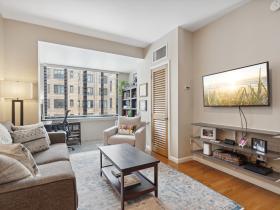 What Will Homes Look Like in the Future?
What Will Homes Look Like in the Future?
Back in May of last year, we asked a selection of bloggers, journalists, real estate agents and developers to give us their thoughts on the unsung DC neighborhood that will be attracting homebuyers in 2015. In a similar vein (but on a more national scale), we recently reached out to people “in the know” about housing to get a sense of what homes will look like in the future. While each individual had their own take, one trend seemed to be consensus: green building is here to stay.
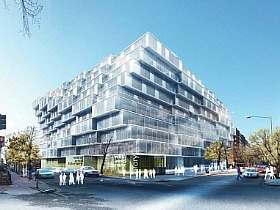
A Move Into the Cities
Allison Arieff, founder and former Editor-in-Chief of Dwell, now writes on architecture and design for the New York Times and The Atlantic Cities and edits The Urbanist, the magazine of SPUR (San Francisco Planning and Urban Research).
“We’ll see more housing in cities, which, of course, means more multi-family high-rise and mid-rise options and greater density. I’d love to say that homes will be smaller and more sustainable, but history wouldn’t back up my prognostications. As a country, we have yet to figure out what to do with all the foreclosed homes on our hands—as such I don’t see a lot more single family housing construction happening in the next decade. I would hope we’ll see some innovative solutions with regard to adaptive reuse, home weatherization, and the like. I’d also hope we see some well-considered approaches to mixed-use that avoid typical nostalgia, “ye old village” type approaches to neighborhoods and also those that result in generic condos with mass-market retail. All those working in housing need to feel empowered to think outside the proverbial box.”
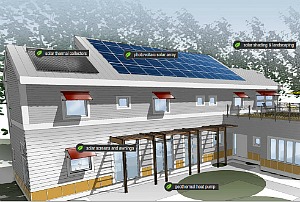
Net Zero or Net Plus
John McIlwain, Terwilliger Chair for Housing at the Urban Land Institute
“The biggest difference between homes today and those of the future is that more homes in the future will be energy net zero or net plus, linked to the grid and buying and selling as the day goes along. This will be achieved in a variety of ways, many of which we don’t know of yet. I thing the major shift will occur between 2020 and 2030. Design will support both a smaller, more open lifestyle and energy efficiency – using passive and active solar, wind, and geothermal sources. Many of the techniques will be from the past – siting for passive solar and wind protection, shielding with trees. And homes will be designed to the local environment more — New England-style in New England, and adobe homes in the Southwest, for example.
Homes will become smarter, adjusting themselves for greater energy efficiency through the day, and will be operable remotely (as some are now). Lighting, heat and cooling will be adjusted not just by machines but also by external and internal shading, glass that changes, windows that open and close automatically to gain benefit when the outer air can be used, and other techniques that limit human wastefulness.”
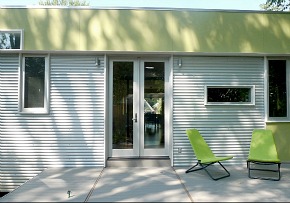
Smaller, With Modern Materials
Richard Loosle, Principal at KUBE Architecture
“Homes will be smaller and more efficient. Our clients are now asking for open-light filled spaces within smaller footprints. Increased use of translucent materials such as large planes of glass, acrylic and resin panels, etc. will add to the sense of openness without increasing the scale. The majority of homes in the DC area will still be frustratingly traditional for the most part, so exteriors will be mostly brick or siding. This is the reality of DC, a city that changes very, very slowly.
Our clients are looking for modern exteriors, so materials such as virock, a cement and wood composite panel, are popular. Other panelized cladding systems will become more common. These systems are installed as rain screens, adding to the sustainability and longevity of the house, and are available in a wide range of colors and textured effects. Some materials that have been traditionally used in commercial buildings, such as metal siding, have already become common in multi-family housing, and will be more prominent in single-family homes in the future.”

Energy Efficiency Will Be King
Lynn Hackney, President of Urban Pace
“Homes of the future will most certainly have energy conservation at the forefront of their design. From LED lighting to higher-efficiency appliances, builders will take more care in constructing homes that are not only beautiful but environmentally friendly. We represented the sale of the very first completely carbon neutral home a few years ago on Capitol Hill, and we will continue to see more and more homes like this popping up all over the city.”
See other articles related to: dwell magazine, editors choice, future of housing, kube architecture, urban land institute, urban pace
This article originally published at https://dc.urbanturf.com/articles/blog/the_future_of_housing_experts_speculate/4696.
Most Popular... This Week • Last 30 Days • Ever

DC's homebuyer assistance programs can be a bit complex. This edition of First-Timer ... read »

When it comes to financing a home purchase, a 30-year mortgage is one of the most com... read »
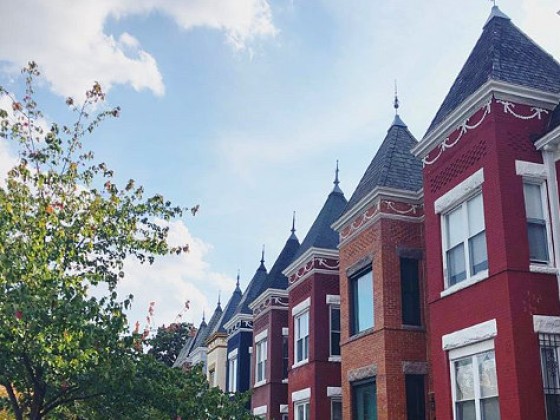
Pocket listings are growing in popularity in the low-inventory market in the DC regio... read »
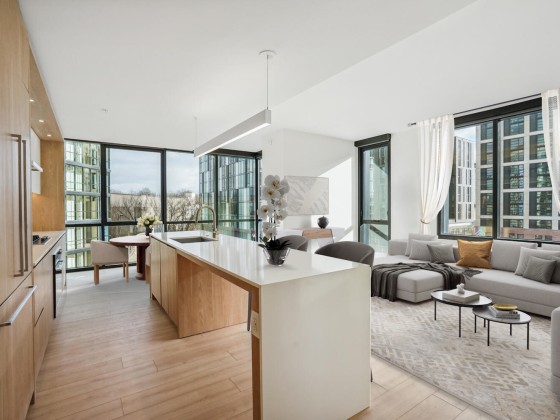
Margarite is a luxury 260-apartment property known for offering rich, high-end reside... read »
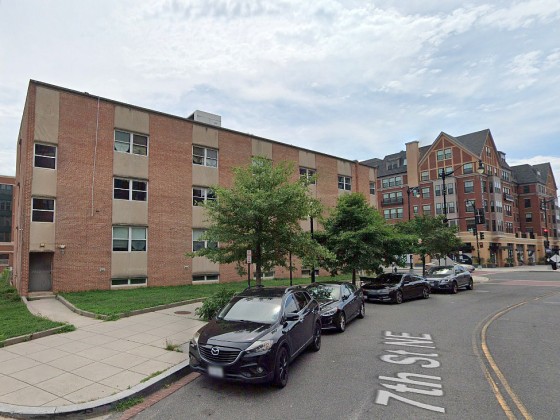
The owner of 700 Monroe Street NE filed a map amendment application with DC's Zoning ... read »
DC Real Estate Guides
Short guides to navigating the DC-area real estate market
We've collected all our helpful guides for buying, selling and renting in and around Washington, DC in one place. Start browsing below!
First-Timer Primers
Intro guides for first-time home buyers
Unique Spaces
Awesome and unusual real estate from across the DC Metro





